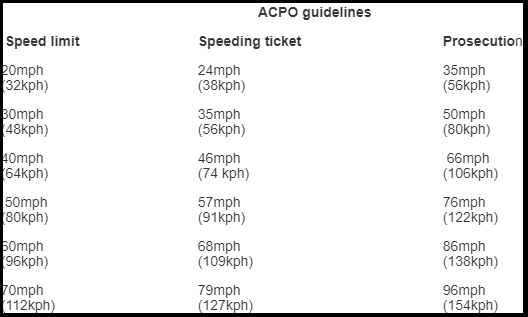Whether if you are deciding to bring your car to the UK or get one after you come into the country. This guide is for students and individuals who wish to drive after coming into the UK. Are you worried about the licensing and the rules? It’s pretty straight forward. Here is a small guide to help you get familiar with the requirements, laws, road signs and rules.
Consider this a help like when students look for help about write-ups. Most students often end up on google searching for “can you write my assignment?” there is no shame in getting help when needed. So relax and give this guide a thorough read. This write-up is aimed at providing the smallest tips and common questions to be answered.
Legal Requirements if you decide to bring your car into the UK
If you decide to drive your car into the UK from the EU or Asia, there is a small list of things you must take care of.
Documents needed
- Passport or Identification
- Vehicle registrations and ownership papers
- Valid driver’s license
- Insurance
- Motor Insurance
These are enough documents. Note that the driver’s license of EU citizens is accepted and on par with UK requirements. You can check if your non-EU country’s license is acceptable. By clicking here. Having those car requirements include seatbelts so make sure seat belts are there.
Hiring a car
It is easily a better option to hire a car to get around Britain, here’s why:
- You don’t have to worry about parking space, you could just hire a car when needed
- Flexibility and independence
- Convenient and effortless
So where can you find the best deals?
Not every company is the same. There are special USPs and benefits of their own. So look around and find the one options that resonate with you. Make sure that you are looking with an open mind. There is no use of overpaying for no reason. Some services provide special discounts and benefits. To find the one that fits the best with your situation should be the goal. You can make sure of seasons as most rentals provide seasonal discounts. Why not buy a sim card to allow internet on roaming. This way you can avoid satnav charges as some cars with satnav cost more. You can use Google Maps on your phone to get to your destination. Make sure that the first thing you ask is the fuel policy. All the companies usually differ in the smallest ways, and fuel policy is one of those things. It is more convenient to take a full and return a full tank which is the correct move as motor fans would know.
What equipment would you need with the car?
It’s not 100% necessary to buy these items, but it could help in some situations:
1. Warning signs
2. Neon jacket
3. First Aid
4. Fire extinguisher
5. Extra fuel
Now that, that’s out of the way here is a small summary of the speed limit and fines in the UK
Speed and fines
Britain still uses imperial road sign system. There are speed cameras and a very fast system used by the government to keep the citizens in check. These cameras can take the picture from a mile away. It sends the picture online through the system. Which means even if the camera is destroyed the person breaking the law will be caught.
If the police do catch up on your over speeding, you could use the following:
1. A warning
2. Attend a course
3. Penalty
4. Prosecution
Road Signs
Three types of roads exist in the UK. Namely:
Motorway:
High speed at motorway is (70mph). Here pedestrians don’t hinder the road. As a result, there are higher speeds and faster routes. The roads are named with M and A’s before a numerical figure means the exit in advance to avoid missing out on the exit.
Non-Primary:
These routes in the primary road vicinity. Alternatives to small intercity to avoid rush and inconveniences. These are alternatives to a dual carriageway. These routes are often one way. Non-primary roads are signs with A or B and if not then a white/black sign.
Primary:
It consists of A and B roads. The A non-primary roads link up major areas and B non-primary roads like UN countryside to the network. These sings are green with white font. These roads link popular (A) and unpopular areas (B) to the network.
There are C roads that exist. There are higher chances that you might stumble over it than find it on the Map. The roads there are not a popular choice in the region.
Legal risks of driving in the UK
Drunk Driving
Alcohol level for deriving is 80micrograms per 100micrograms on the breath. It is not recommended at all. Alcohol has shown that there are different effects of alcohol on each person. Everyone is different, after all, huh? The limit in Scotland but is pretty low, i.e. 50 micrograms per 100 micrograms on breath drawn. There are high fines if caught drunk driving. The fines could go upwards of 1,000 GBP to an upwards of 5,000 GBP depending on the extent on the law broken. You can lose the driving license and even risk going to jail for it.
Texting while driving
Using a phone while driving is illegal by all means. Park your car and take the phone call or text message. It is allowed in cases of 999 or 112. Another alternative like car Bluetooth system or wireless earbuds is allowed. But if any suspicion of distracted driving occurs, you’ll be stopped by the police.
Seatbelts
The driver and the passengers must always use seatbelts. It doesn’t matter if you live nearby or were out on a cruise. It is very important to wear a seatbelt. You might fine for not wearing a seatbelt. Familiarize yourself with the sings and markings with parking limitations.



Write a comment